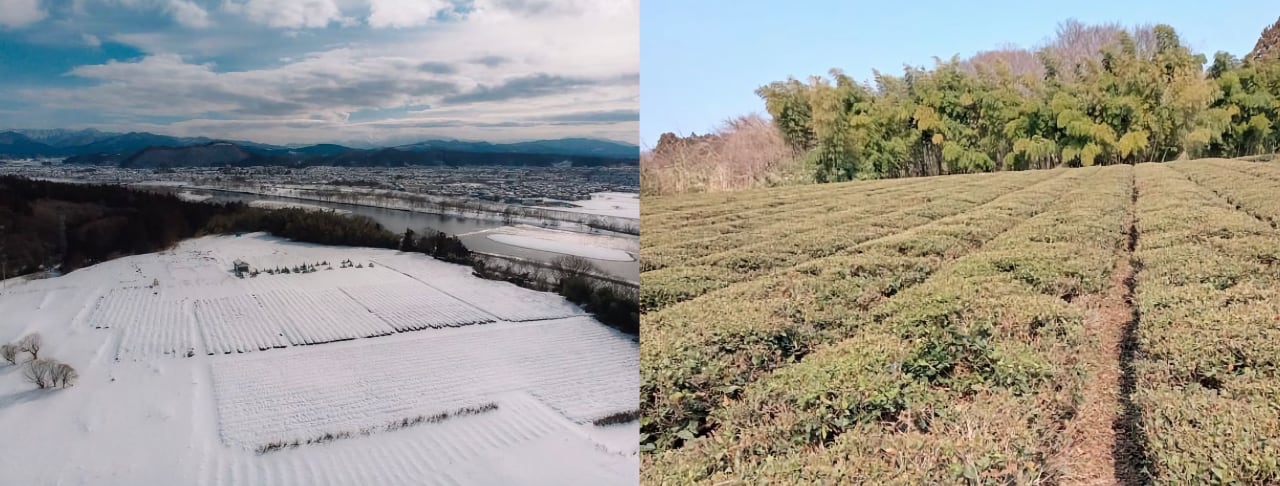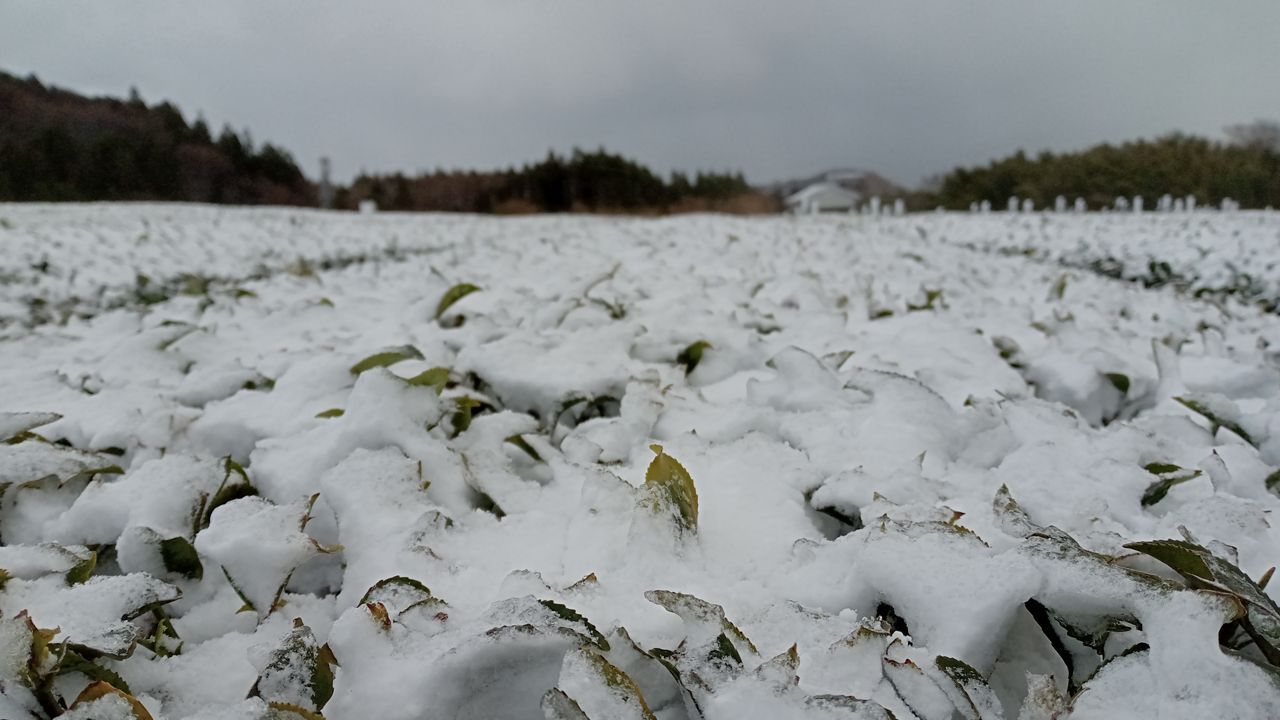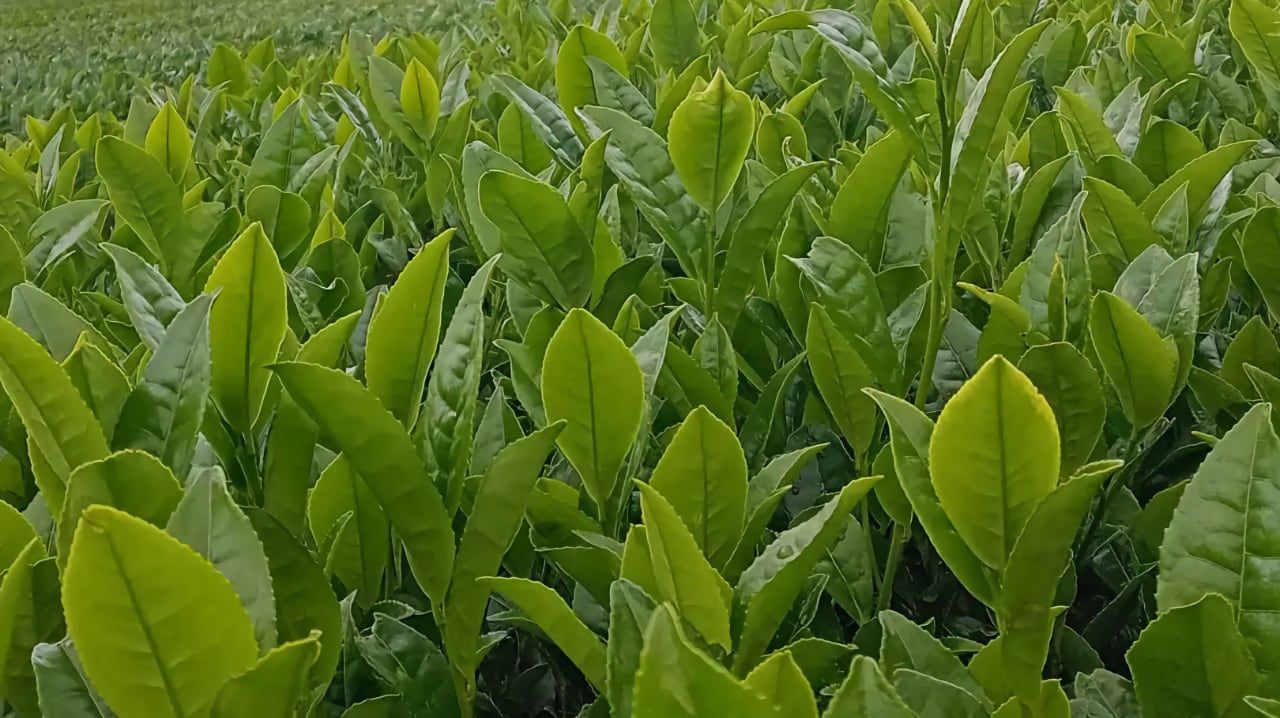July 2024 - Shincha from Murakami
This July, Tomotcha takes you back to Murakami (村上) in the Niigata Prefecture (新潟県), for a delicious Shincha (新茶) made from a blend of Fukumidori (ふかみどり), Yabukita (やぶきた) and Asanoka (あさのか).

Shincha from Murakami
Shincha, or "new tea," is the first harvest of the season and offers a unique, fresh taste that tea enthusiasts eagerly anticipate each year. From the lush fields of Murakami, this early-season green tea captures the essence of spring with its vibrant, grassy notes and subtle sweetness. As the tea leaves are plucked at their most tender stage, Shincha boasts a delicate flavor that sets it apart from other types of green tea.
In Murakami, a city renowned for its high-quality tea production, Shincha holds a special place in the hearts of both locals and visitors. Nestled in Niigata, quite far north in Japan, Murakami is actually the northernmost green tea production area in the country. Despite Niigata often experiencing heavy snowfalls in winter, this year's lighter snowfall has led to a larger-than-usual tea production, and a high-quality harvest. The region's cool climate and fertile soil, combined with traditional farming methods, create the perfect conditions for cultivating superior tea leaves.

The Rainy Season in Japan: Tsuyu (梅雨)
The rainy season in Japan, known as Tsuyu (梅雨), typically spans from early June to mid-July and brings a distinctive charm to the country. This year it started around mid-June in the Kansai area. Japanese people have a love-hate relationship with this season. On one hand, the weather can be quite heavy, with persistent rain that can feel annoying and inconvenient. On the other hand, there's a unique appreciation for the earthy, fresh smell of rain and the cooler temperatures that provide a welcome respite from the otherwise scorching summer heat.
Despite the mixed feelings, Tsuyu plays a crucial role in supporting Japan's rich ecosystems of fauna and flora. The steady rainfall is essential for nurturing the lush landscapes that Japan is famous for. Rice paddies and other agricultural fields rely on this rain to thrive, ensuring a bountiful harvest.
Tsuyu also brings a slower pace of life, where indoor activities like reading, sipping hot tea, or visiting museums become more appealing. It's an ideal time to delve into Japan's cultural practices, such as tea ceremonies and ikebana (flower arranging), which take on a special charm against the backdrop of gentle rain.

Brewing Murakamicha
To brew Murakamicha, adjust the leaf amount to your taste preference. Use about 2 teaspoons (6 grams) of Murakamicha for 120ml (4oz) of spring water. The first infusion should last 30 to 40 seconds in water at 80°C (180°F). For the second and third infusions use a higher temperature and infuse more briefly.
Enjoy!
